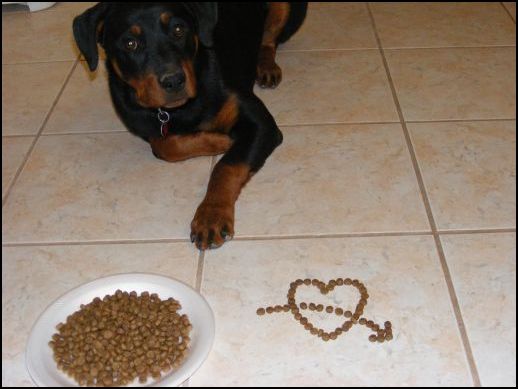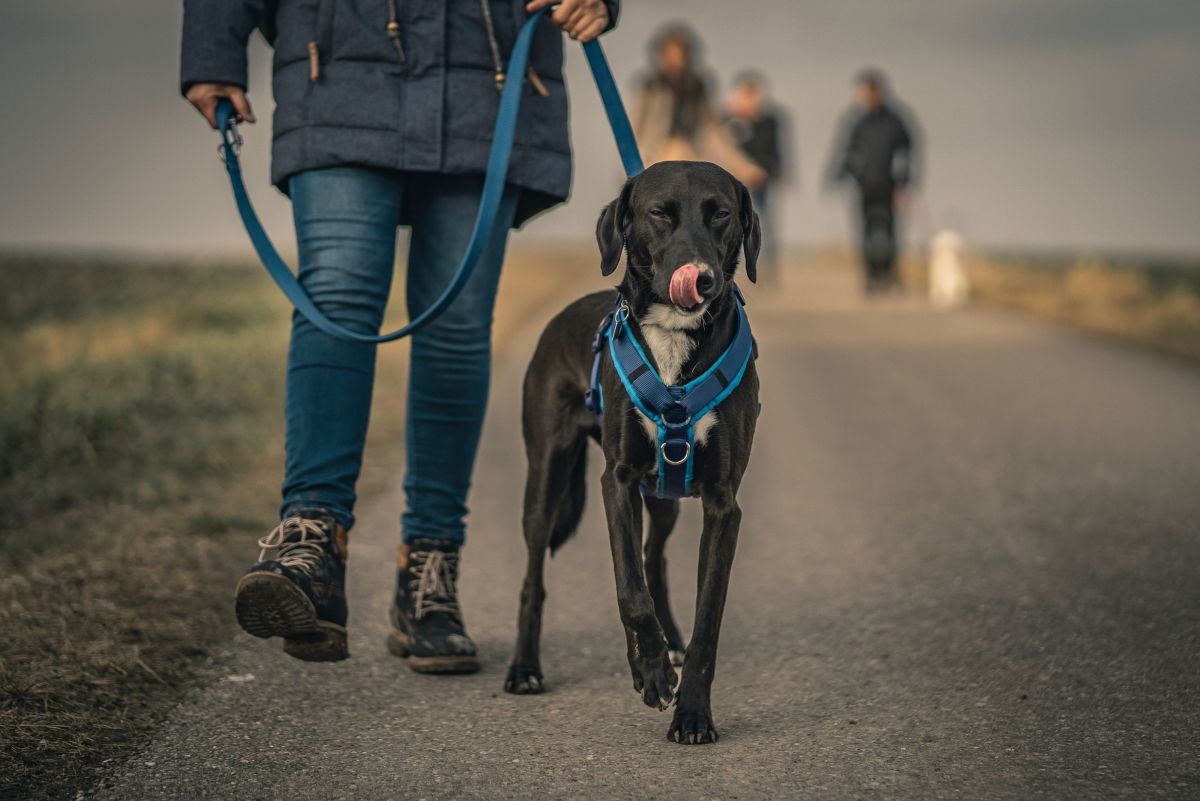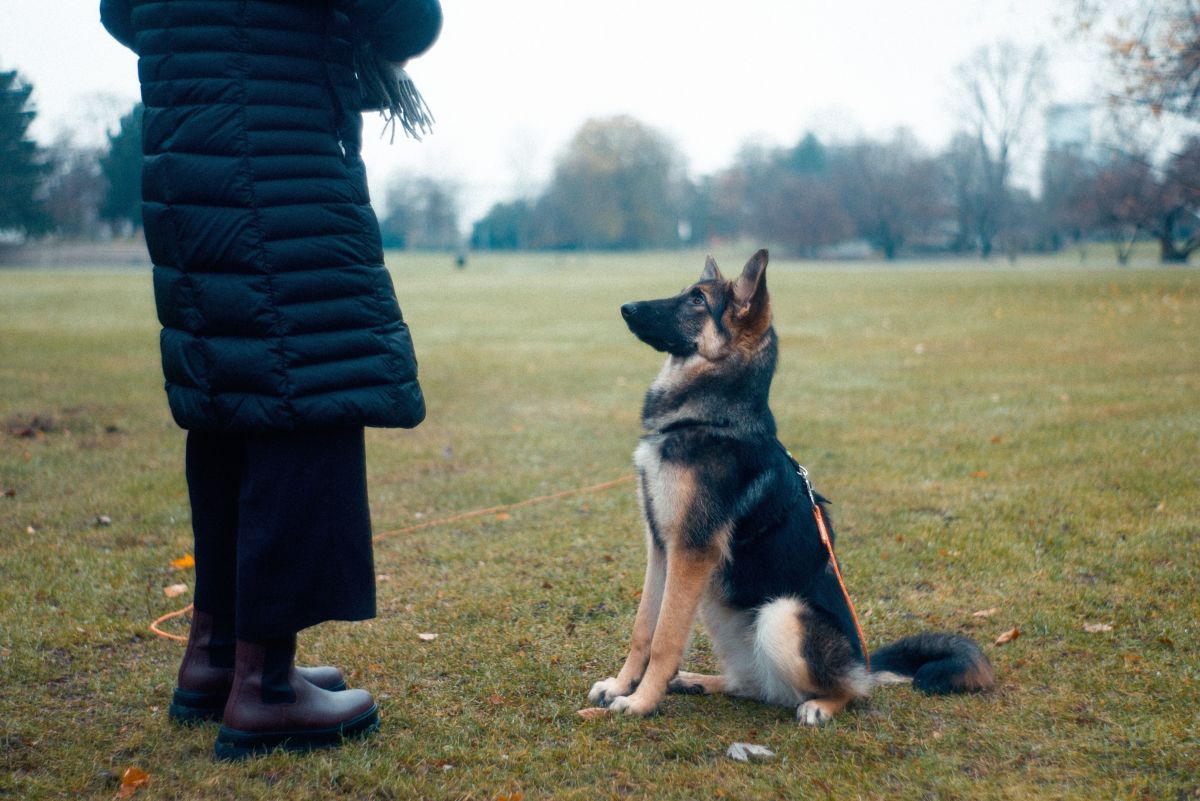Friendly Training Methods for Dogs
Food is a great positive reinforcerment tool dogs love!

While dog and owners cannot speak the same language, there are several friendly training methods owners may resort to in order to effectively communicate with their canine friends. Language barriers today can be easily lifted through the following effective training tools: body posture, voice, eye contact, effective training devices and a bit of basic knowledge about canine psychology,
It is a fact that more and more dog trainers today are abandoning the old fashioned aversive training techniques while resorting instead to friendlier training methods relying on classical conditioning, operant conditioning and positive reinforcement. All these methods resort less and less on corrections and more and more on rewards. The ultimate results are dogs that are much more enthusiastic, collaborative and confident.
Classical Conditioning
We all remember the old days when in school we were taught about the Pavlov theory. If you cannot recall it, here is a refresher. Several dogs were exposed to the sound of a bell and then within seconds these dogs were offered food. This action was repeated over and over. The bell rang, the food appeared and the dogs eagerly ate. After a while, Pavlov noted that the dogs were drooling in anticipation upon hearing the bell even when the food was out of sight.
This principle clearly demonstrated that animals have an instinct to associate actions with pleasant or unpleasant consequences. For instance, the dogs Pavlov used for his experiment clearly started associating the action of the bell ringing with the pleasant reward of food even if the food was not seen. This was proved by the dog's salivary glands well responding to the sound of the bell.
From a training perspective, therefore, it can be concluded that dogs react to their surroundings and associate actions with consequences. Clicker training is a good example here and in some way resembles the Pavlov theory. In this case the dog associates the noise of the clicker with food, therefore, dogs will enjoy being clicker trained because they start associating this training method with something rewarding.
Operant Conditioning
During clicker training, when the dog is exposed to the noise of the clicker when doing something correct and then rewarded, his level of collaboration is fully intentional . Performing a determined action in order to bring the pleasant reward is known as ''operant conditioning''. The dog basically performs the desired actions because has in mind a very specific purpose: obtaining the reward.
The noise emitted by the clicker is fully effective because it almost takes a ''virtual picture'' of the desired behavior, leaving no traces of doubt in the dog's mind . The clicking noise can be translated like telling the ''That's it! ! Good job, keep it up, here comes your reward!!''
Positive Reinforcement
Any time your dog is rewarded either with a treat, a pat on the head or a ''good boy'' said in a happy tone of voice, your dog is positively rewarded through positive reinforcement. Basically, the desired dog's behavior is enforced by strategically rewarding at the correct time. Timing indeed is essential, wait too much and the dog may no longer have a clue what your are rewarding for.
One main concern owners may have when using positive reinforcement is too becoming dependent on treats. They fear that they must have that bag of treats glued to their side for the dog's entire life. The nice thing of positive reinforcement is however, that the dog may be gradually weaned off the treats. What happens to the reward though? Dogs can be rewarded using alternative reinforcers such as praise or pats and then occasionally treats. The occasional treats are very important because their refresh the training an reinforce the behavior.
Giving treats occasionally in a dog's mind is almost like purchasing a set of scratching lottery tickets, he perform the command in the hopes that he may win a reward. However, a praise and pat will eventually do in making him feel confident and happy.
Training Tools
In order to make a dog's training session effective, a few special tools will help owners accomplish many goals. Prongs, choke collars, electronic collars, citronella spray collars , alpha rolls and all the alike training tools and methods can be put and replaced by less aversive training tools such as clickers, body posture, voice, eye contact and a few positive training books.
For instance a dog that tends to pull towards other dogs may learn to walk nicely without resorting to a choke collar. Rather these dogs may be taught to heel and look at their owner by using the ''watch me'' command. Basically, the dog is taught to maintain eye contact and ignore its surroundings. This is a very powerful command and very easy to teach by clicking the dog and rewarding for eye contact in quiet environments. As the dog gets better and better on the command he is then exposed slowly to more and more distracting areas until he learns to stay perfectly calm, besides its owner wile maintaining eye contact.
This is just an example of a friendly way to communicate with your dog. All dog should learn to make eye contact with their owner, this is one of the strongest and most effective way ot train dogs and it also helps owners and dogs bond. There are many more friendly training methods out there, it is surely worth it to find a good positive reinforcement trainer and get acquainted with the many more effective training methods that will help you and your dog finally communicate effectively and '' talk'' the same language.
Like my dog training articles, read more!
- How to properly discipline dogs
Dogs: these faithful companions that have followed us throughout history for centuries couldn't have reached what they have achieved so far if it was not for the discipline and guidance humans have provided...
- Dog Training: difference between discipline and punishment
In the hundreds of years that dogs and humans have spent together living side by side throughout history, both species havedemonstrated a life long commitment to accept each other despite their...









